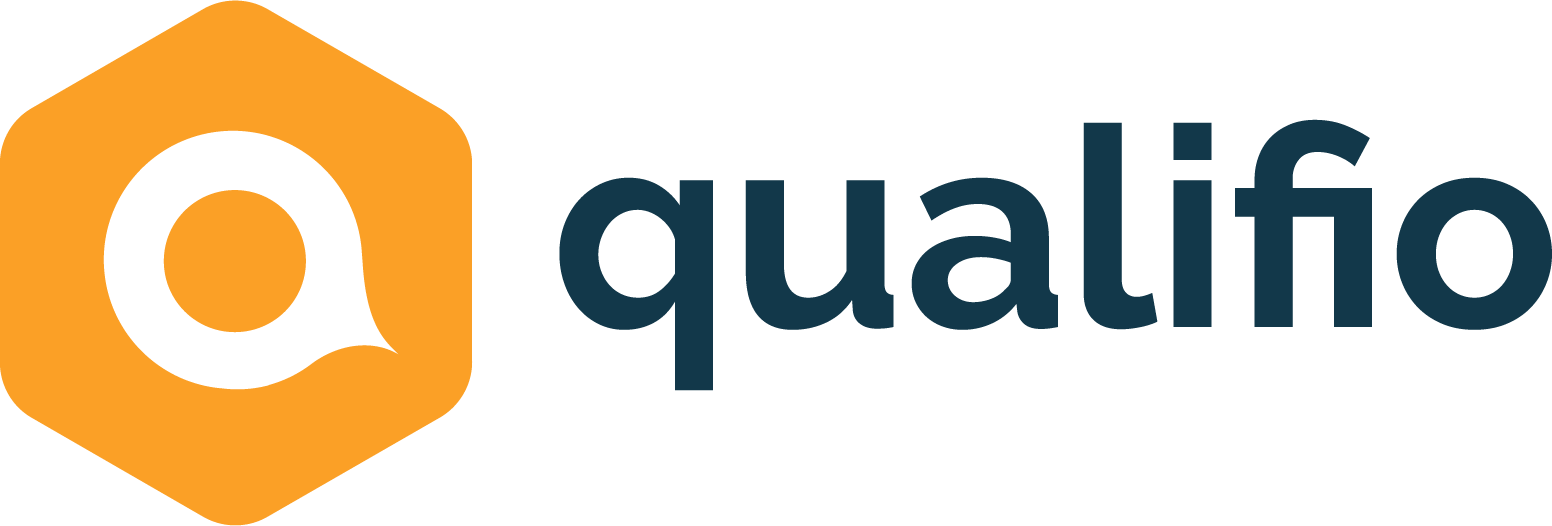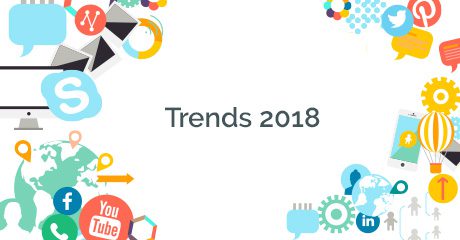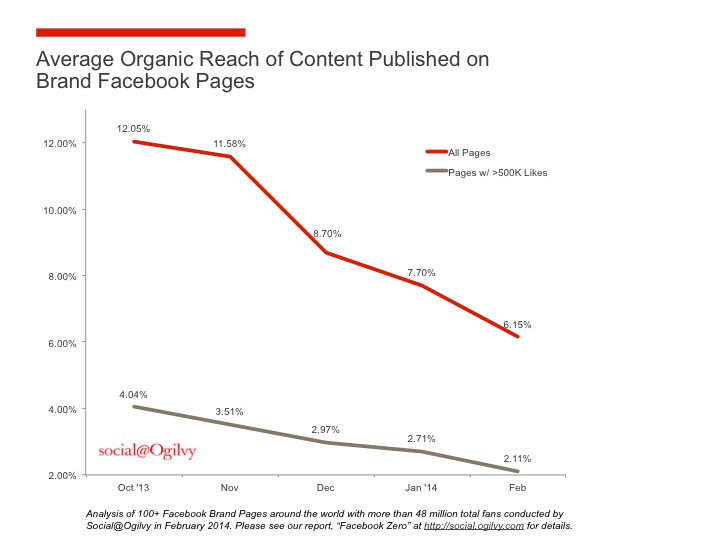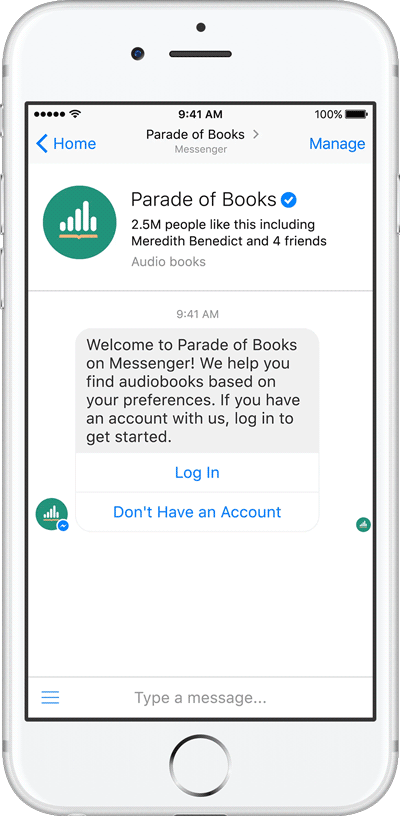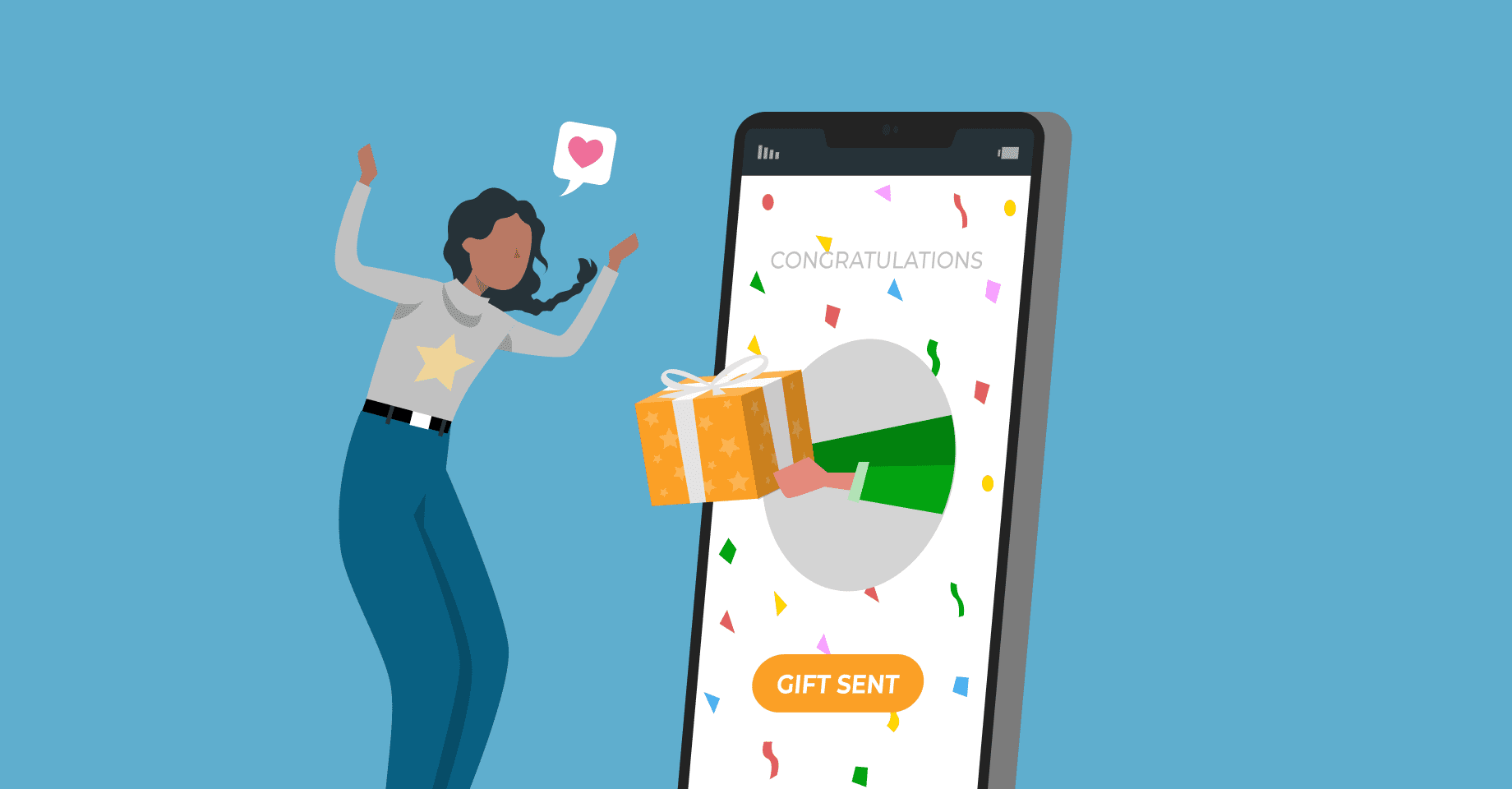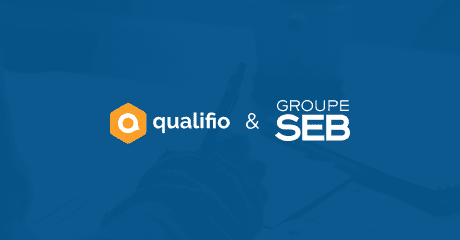Social media: 6 trends that will dominate 2018
Formerly looked upon with suspicion, social media are now fully integrated into the marketing mix of companies. As direct channels of communication, they have transformed our relationship with brands. They constitute an effective marketing lever —a lever that constantly evolves.
Every year, trends are born and die, new habits emerge and marketing professionals face new permanent challenges. 2018 will be no different. New social trends will impact editorial, strategic and budgetary decisions. Here’s an overview of the trends you’ll need to consider this new year.
1. Organic reach is (still) in free fall
With more than 2 billion active users, Facebook is a juggernaut in the digital ecosystem. However, it does not hesitate to regularly update its algorithm to set a new display for publications in the News Feed. The result is a declining organic reach and an immediate consequence for brands.
Already in 2013, Varun Kacholia, an engineering manager, and Minwen Ji, a software engineer at Facebook, explained the logic of the then new algorithm: “We’ll be doing a better job of distinguishing between a high quality article on a website versus a meme photo hosted somewhere other than Facebook (…) This means that high quality articles you or others read may show up a bit more prominently in your News Feed, and meme photos may show up a bit less prominently.”
But Facebook Page managers have since noticed (and complained about) a drop in how many fans view and interact with organic posts. And many in the marketing world suspect that Facebook has an ulterior motive: to get people to start spending more on ads.
And the 2014 algorithm update was just the beginning. Facebook is now experimenting in 6 countries with a separation of pages and profiles. This is a serious indicator of the will to keep the publications of friends, groups and sponsored publications in the same environment, while isolating others.
This phenomenon does not only affect Facebook. Snapchat does the same by separating publications of friends from those of brands in its latest version.
Another worrying phenomenon (or urban legend) is the decrease in reach when content is published through third-party applications. Although the applications in question deny, several users of tools like Hootsuite and Buffer, complain about a decrease in the reach of posts published with these platforms. Is the time saved worth it? Whatever the truth is, we recommend carrying out your own tests. (Bear in mind that many other parameters can also influence your results, especially the virtual disappearance of organic reach.)
What impact for you?
You need to diversify your points of contact. Facebook, Instagram, Twitter and the like should remain only tools among others. Balance your social presence and alternate between organic and sponsored publications. Or, sponsor each publication to get a minimum of reach before validating whether it is interesting to increase the budgets according to the reaction of your target.
2. The power of stories
A concept invented by Snapchat and carefully duplicated by Facebook, Stories are a new mobile and ephemeral editorial format. Using portrait layout and mixing photos and videos, they are now more and more popular on Instagram and Facebook, whether on Pages or profiles. Even the Medium blogging platform launched this type of feature. By creating a unique bond with the community, stories involve authenticity, direct connection and personalisation… a way of communicating that entered users habits.
Instagram Stories didn’t exist a year ago. But as Facebook’s global head of sales Carolyn Everson points out, “today on the platform, we not only have 250 million people using it, but actually a third (of the most viewed stories) are businesses using Instagram Stories and one million are advertisers.” Brands are not left out. Traditional social media encourages us to put our best selves out there, because what we publish stays. On the contrary, Stories with their 24-hour lifespan encourage sharing in a more authentic way.
What impact?
Creating a story involves new thinking from an editorial and graphic point of view. What to say? Why? How? At what frequency? Stories are a new format to integrate into your editorial calendar but they come with their own production constraints.
3. Artificial intelligence and chatbots
AI and chatbots are a ‘hot’ topic. However, it is still embryonic compared to its full potential. According to a study published by Oracle, 38% of French brands have already deployed a chatbot and 79% will have done so by 2020 as part of their customer interactions.
If machine learning is developing, chatbots are still marketing tools that are being hand built by humans according to a predefined scenario. This does not mean, however, that they should be ignored, on the contrary. Chatbots are an opportunity for your sales department or customer service to be accessible at all times. It’s a new point of contact that can do a lot: confirm a reservation, track a product shipment, buy online, all without leaving the messaging app.
What impact?
By moving commercial activity to platforms like Messenger, WhatsApp, Twitter or Skype, chatbots become growth relays in terms of digital performance and automation. A way to be where your users and future customers are. Their implementation requires a time-limited investment and, if your company manages large volumes of contacts, your chatbots can even learn quickly from their interactions with your customers and gradually improve the customer experience.
4. Social video and virtual reality
Between Snapchat (10 billion), Facebook (8 billion) and YouTube (4 billion), 22 billion videos are seen every day. This is not a coincidence: video content is more engaging than other types of media. It is a strong vector with many uses: product demonstration, promotion, unboxing, tutorials, interviews, FAQ, live, 360 degrees… In 2018, video is multifaceted: mobile, vertical, squared, animated… It can be watched on mute, integrated into an interactive storytelling, and virtual reality gives it a new impetus.
What impact?
The production of video content is the new battleground of brand content and marketing managers. A trend that requires investments and new organizational models, if you are to fulfil your ambitions.
5. Influencer marketing isn’t going away
These growth drivers are involved in brand marketing strategies and thrive on social media —Instagram, Facebook, Twitter and LinkedIn in the lead. This trend isn’t new, but it is growing more structured. It is now divided into three distinct profiles: influencers, micro-influencers and ambassadors that all, directly or indirectly, contribute to the outreach of a brand. An unconventional, but very effective way to thrive online, since working with influencers offers a return on investment 11 times higher compared to traditional digital advertising campaigns (Tapinfluence study – Nielsen Catalina Solutions).
What impact?
While influencer marketing is very much present in the beauty, fashion and lifestyle sectors, its impact in more traditional sectors should not be underestimated. There are even agencies specialising in linking advertisers and influencers.
6. Interactivity of marketing campaigns
Everyone can easily share inspirational quotes or jokes. Although these publications create engagement on social media, they do not always create interactivity with your brand. People will “like” and happily share the content but will not necessarily buy your products or even visit your site.
As a background trend in 2018, interactive marketing will help you draw the attention of audiences more effectively. Brands looking to differentiate themselves in a creative way already increasingly enhance their traditional content with interactive marketing campaigns.
Interactive formats campaigns slowly become a fundamental pillar of brand communication to be relayed through social media. As demonstrated in several performance studies, this type of content tends to generate 4 to 5 times more page views than static content. A Demand Gen Report study had already shown in 2015 that more than 90% of online shoppers favoured interactive content.
What impact?
Your goal through the use of social media shouldn’t be limited to creating or improving your brand image. It should also be about delivering concrete results that can positively impact the turnover of your company. In 2018, the content will definitely be interactive. More than a traditional content approach, it will help you create a stronger emotional connection with your audience. The best way to collect valuable information about their profiles, needs and interests for retargeting and segmentation purposes, but also to customise your communication flows.
You are now ready to face 2018 and maximise the impact of your actions on social media.
